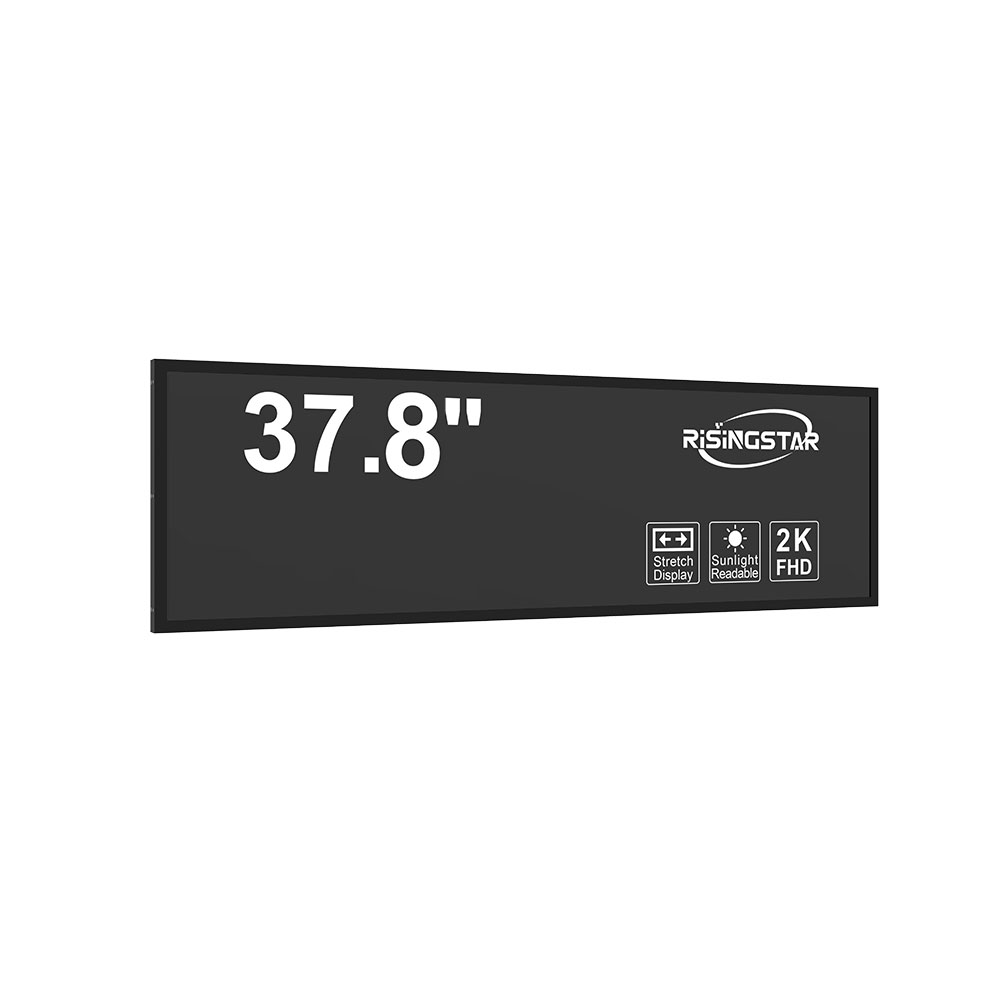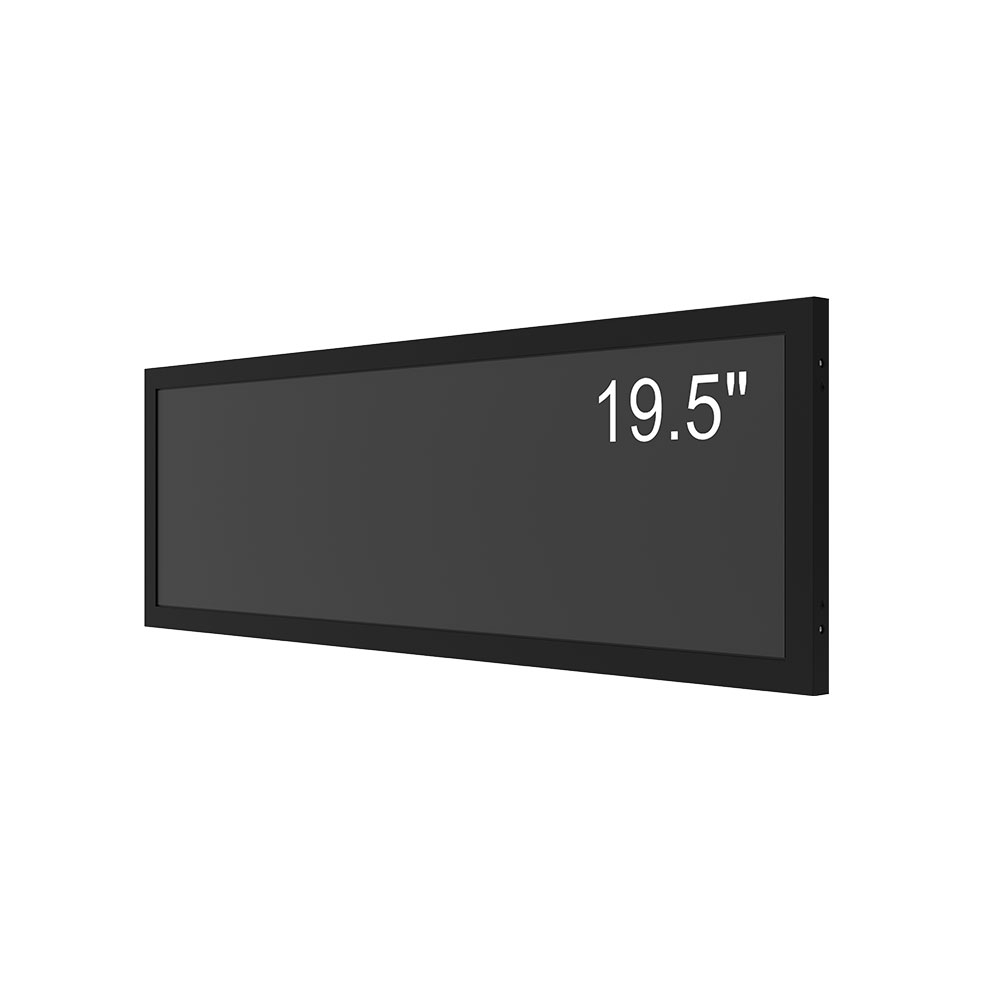- Home
- About Us
- Products
- News
- Video
- Contact
- Send Inquiry
Search
- Home
- About Us
- Products
- News
- Video
- Contact
- Send Inquiry

When deploying digital signage in outdoor environments, selecting the right LCD screen is critical to ensuring long-term performance, clear visibility, and cost-effective operation. Unlike indoor displays, outdoor LCDs must withstand extreme weather conditions such as intense sunlight, high humidity, temperature fluctuations, and potential physical impacts. According to the International Electrotechnical Commission (IEC) standards, outdoor-rated displays must meet IP65 or higher for dust and water resistance, and have brightness levels of at least 5,000 nits to remain legible under direct sunlight.
The main body of this guide focuses on three core criteria: brightness, environmental protection, and display technology. First, brightness is not just a number—it’s a key factor in readability. A 5,000-nit screen may seem excessive, but real-world testing by companies like LG and Samsung shows that even 3,000–4,000 nits can fail in bright midday sun without proper anti-glare coatings. For urban billboards or transit hubs, consider 7,000+ nit models with adaptive brightness sensors that reduce power consumption during low-light hours.

Second, environmental resilience matters. Look for screens with IP65 or IP68 ratings—these ensure the unit is protected against dust ingress and water jets or even temporary submersion. Additionally, check for Ingress Protection (IP) compliance per IEC 60529 and use thermal management solutions such as passive cooling fans or heat sinks, especially in desert climates where ambient temperatures often exceed 45°C. Case studies from cities like Dubai and Phoenix show that improperly ventilated units degrade up to 3x faster due to overheating.
Finally, choose between LED-backlit LCDs and OLED technologies based on your use case. While OLED offers superior contrast and deeper blacks, it’s less suitable for constant outdoor exposure due to burn-in risks. LED-backlit LCDs, especially those using local dimming and wide viewing angles (178°), are more reliable for public information systems, retail advertising, and transportation signage. Always verify manufacturer warranties—reputable brands like Barco, NEC, and Sharp typically offer 3–5 years for outdoor-grade units.
In conclusion, the ideal outdoor LCD screen combines certified brightness, robust environmental sealing, and proven longevity. By prioritizing these technical specifications over marketing claims, businesses and municipalities can ensure their digital signage remains effective year-round—even in the harshest conditions. Investing in quality now saves costly replacements and downtime later.
